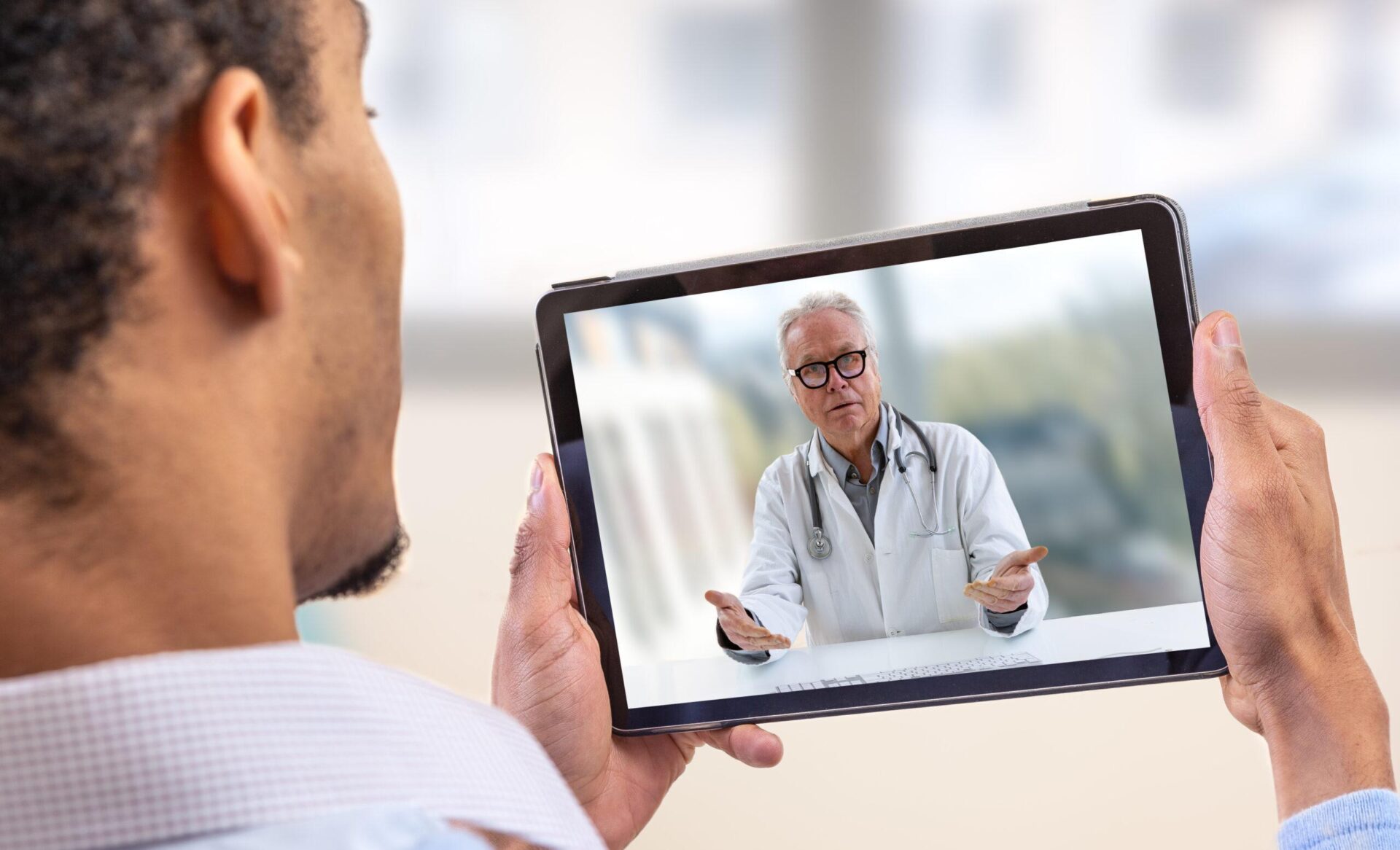
Telemedicine and Cancer Rehabilitation: Learning from the Pandemic
- Clinical Transformation,
- Health Equity
This project examined patient encounters to determine if any disparities exist between in-person and telemedicine cancer rehabilitation. Findings showed telemedicine was most effective in managing medications and procedures, with no major care disparities.
Telemedicine experienced major growth during the COVID-19 pandemic, filling a suddenly urgent need for safe, remote alternatives to the doctor’s office. Telemedicine technologies, which primarily involve phone and video communications tools, were expanded across a range of medical specialties, including cancer care. However, the effectiveness of telemedicine in cancer care, particularly for rehabilitation, was not well-understood. Recognizing this gap, Penn Medicine experts have conducted research providing new insights into telemedicine and its effectiveness in this setting. The findings will inform ongoing discussions about how best to use telemedicine to improve care for people with cancer.
Physicians from Penn Medicine and three other major health systems from around the country—MetroHealth in Ohio, Cedars-Sinai in California, and The University of Texas MD Anderson Cancer Center—sought to determine whether differences or disparities in care might exist between in-person and telemedicine cancer rehabilitation. At Penn, the research effort was led by Jasmine Zheng, MD, a cancer rehabilitation specialist and an Innovation Faculty member at the Penn Center for Cancer Care Innovation. The study examined 13,151 patient encounters occurring between March 2020 and August 2021. According to initial study data, more than half of these appointments happened via telemedicine. Overall, telemedicine appeared most effective in managing medications and procedures. Initial results found no major disparities in care, with the exception of older patients, who were more likely to favor in-person visits. While questions exist as to whether a lack of in-person physical examination could mean unnecessary test orders, the study yielded no evidence of this phenomenon. In fact, imaging was less likely to be ordered during a telehealth encounter. As data analysis continues, the study team is examining the cost-effectiveness of telemedicine in cancer rehabilitation.
In a separate survey study, the same researchers sought to learn more about cancer physiatry attitudes toward telemedicine. All 33 survey respondents reported that telemedicine will continue to be a part of their practice after the pandemic, crediting the technology for improving convenience and provider productivity. Physicians also reported deriving benefit from being able to see into a patient’s home environment, which can improve rehabilitation care.
These findings inform ongoing discussions about how best to use telemedicine to improve rehabilitation care for people with cancer.
Project Leads
Project Team
-
Philip Chang
-
David Leong
-
Amy Ng
-
Mary Vargo

